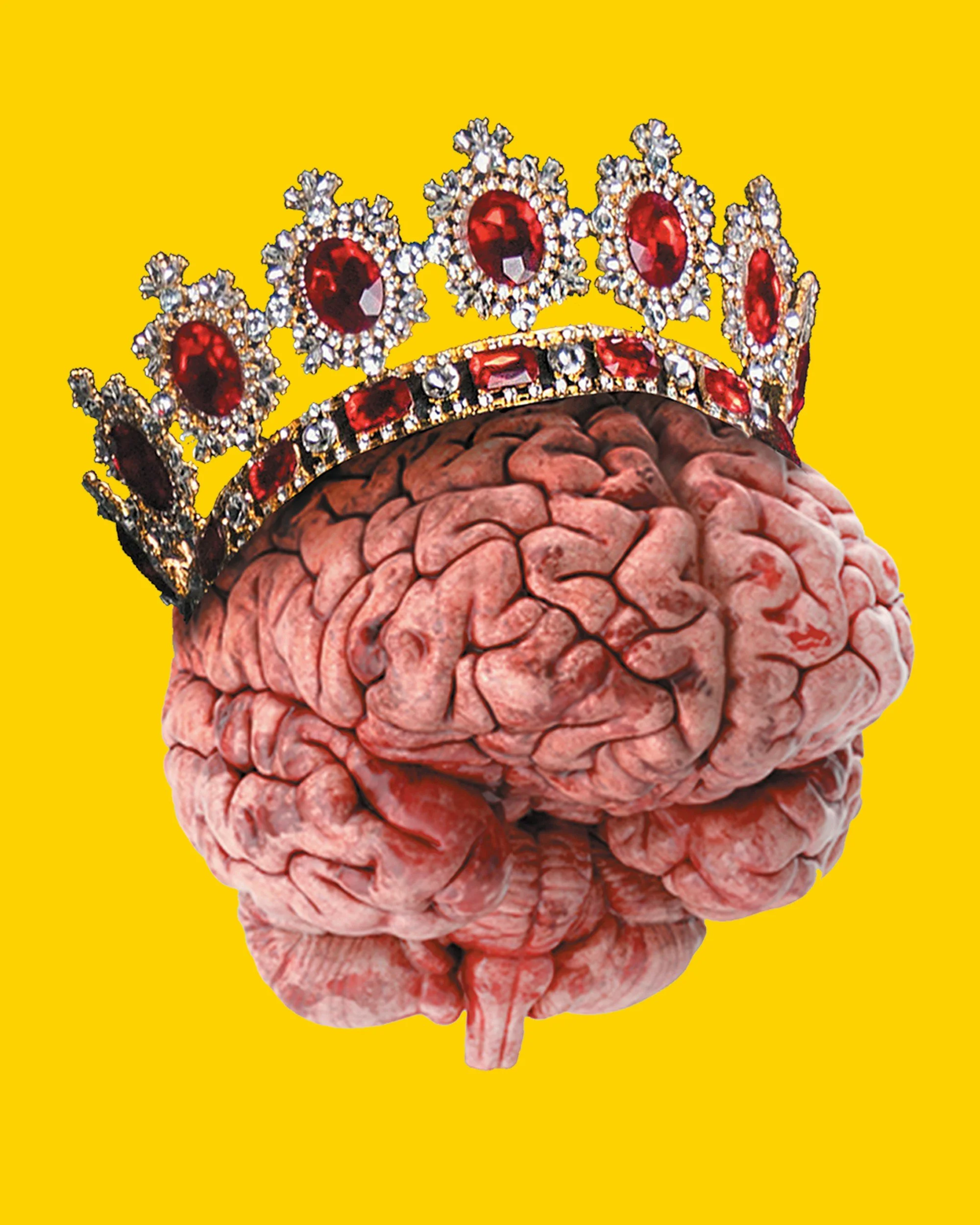The Brain-Body Connection in Birth: Why Your Mind Matters Just as Much as Your Cervix
When we talk about preparing for birth, we often focus on the physical stuff: dilation, contractions, perineal massage, pushing techniques. But here’s a truth bomb I wish more people knew:
Your brain is calling the shots in labour.
Not your midwife.
Not your OB.
Not even your cervix.
Because birth is not just a physical event—it’s a full-body, full-brain hormonal symphony. And when we understand how the brain and body work together in labour, we can actually support it instead of interrupting it.
Let’s break it down.
Meet the Real Boss: Your Brain
At the heart of it all is your limbic system—the emotional, instinctive part of your brain that doesn’t do logic. It runs on vibes. It’s the same part of your brain that kicks in when you cry watching a baby goat video or when you just know something is off.
During labour, your limbic system is the backstage producer of your birth hormones—especially oxytocin and endorphins.
Oxytocin makes contractions strong and rhythmic.
Endorphins are your natural pain relief (stronger than morphine!).
When your brain feels safe, private, and loved-up? Those hormones flow beautifully.
But if you’re in a brightly lit hospital room with people you don’t know asking “how dilated are you now?” every 20 minutes, your limbic system shuts the party down.
That’s when adrenaline kicks in, oxytocin drops, contractions fizzle, and suddenly you're being offered interventions you didn’t plan on.
Why Safety Isn't Just Physical
Let me say it louder for the people at the back: Feeling safe is not the same as being safe.
You might be medically “safe” in a hospital, but if your nervous system is on edge—if your thinking brain (the neocortex) is buzzing with fear, doubt, or too many lights and voices—then your labour can stall or slow right down.
Your body literally cannot be in labour and in fight-or-flight at the same time.
So we need to protect the limbic system.
We need to treat birth like a primal, instinctive process… because that’s what it is.
Melatonin, Oxytocin and the Birth Vibe
Did you know that melatonin, your sleep hormone, works with oxytocin to make contractions more efficient? It’s one of the reasons spontaneous labour so often kicks off at night. Nature knows what it’s doing.
But the hospital environment? Often the opposite of what supports melatonin and oxytocin:
Fluorescent lights
Constant interruptions
Noise, questions, bright screens
It’s no wonder so many labours slow down once you’re admitted.
Your hormones aren’t broken—they’re just being interrupted.
So What Can You Actually Do?
If you want to support the hormonal flow that gets labour moving and keeps it progressing, start by protecting your brain.
Here’s how to create a birth space that tells your limbic system, “Hey, it’s safe to birth here.”
Dim the lights
Melatonin loves darkness. Turn off overhead lights and use soft lamps, fairy lights, or candles (battery ones if you’re in hospital).
2. Limit the people
Too many unfamiliar faces = too much stimulation. Choose your birth team wisely and protect your energy.
3. Reduce interruptions
Every time someone asks a question, checks your cervix, or opens the door, it can pull you out of your birthing zone. Set boundaries and ask for uninterrupted time.
4. Familiar scents and sounds
Bring your own playlist. Use essential oils. Anything that helps you feel “home-ish” will calm your nervous system.
5. Let go of the clock
Birth isn’t linear. It’s hormonal. Trust the process and give your body the time it needs.
The Research Backs It
This isn’t just a “nice to have”—it’s backed by stacks of evidence. Sarah Buckley, Kerstin Uvnäs-Moberg and other birth physiology experts have shown that when labour is left to unfold physiologically—without unnecessary interference—outcomes improve dramatically:
Shorter labours
Less need for drugs or augmentation
Better breastfeeding outcomes
Increased satisfaction
Stronger mother-baby bonding
Your brain isn’t just part of the process—it drives the process.
Final Thoughts from a Doula Who’s Seen It All
After 10 years supporting births in homes, hospitals, and birth centres—I’ve seen the difference that a calm, protected birth space makes. I’ve watched contractions return just from dimming the lights. I’ve seen a stalled labour restart after clearing the room. I’ve held the hand of women who thought they were broken… only to birth beautifully once their brains felt safe enough to let go.
You are not a machine. You are not failing if labour doesn’t go “to plan.”
But the environment matters more than you’ve probably been told.
Your brain is your biggest ally in birth—so let’s start treating it like the boss it is.
Want more?
Check out these recommended reads and research:
Sarah Buckley’s Hormonal Physiology of Childbearing
“Birth as a Neuro-Psycho-Social Event” – Olza et al., 2020
Uvnäs-Moberg’s research on oxytocin in labour and breastfeeding
And if you’re prepping for birth, let’s talk about how to make your birth space limbic-system friendly. Because your body already knows how to birth. You just need the right space to let it happen.


